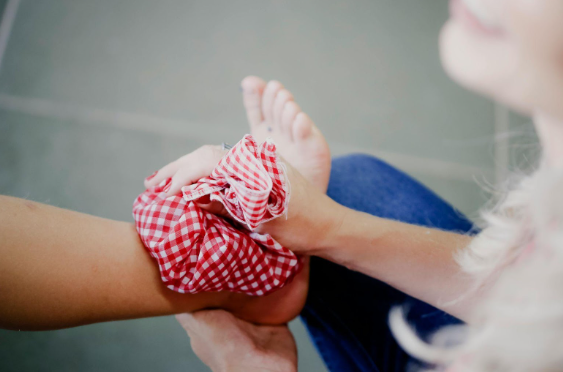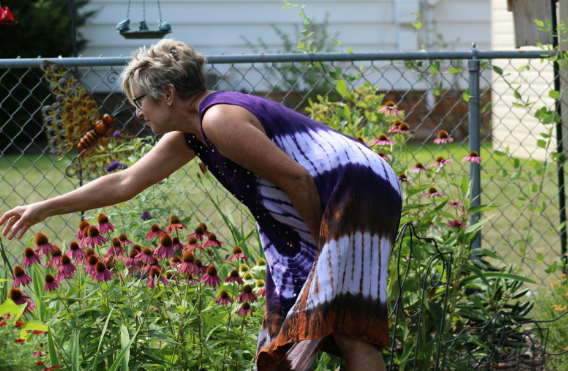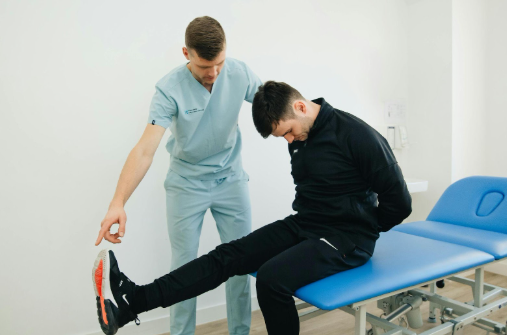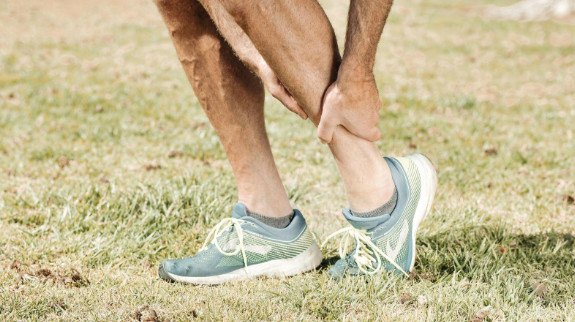Cooling Down: The Role of Cold Therapy
Cooling Down: The Role of Cold Therapy

After physical activity, the body needs time to recover. Muscles may feel sore, swollen, or stiff, and this is where cold therapy comes into play. It has been widely used in both sports medicine and everyday healthcare to reduce pain and support healing.
Let’s explore how cold therapy works, the types available, and when it should be used. It also discusses the possible risks and how to use it safely.
How Cold Therapy Works
Cold therapy, also known as cryotherapy, works by lowering the temperature of the affected area. This slows blood flow, which can help reduce swelling and inflammation. When the tissues cool down, nerve activity also decreases, which helps relieve pain.
This technique is often used after injuries like sprains, strains, or bruises. By slowing down the body’s inflammatory response, cold therapy may reduce the severity of tissue damage.
Exploring the Different Types of Cold Therapy
There are several methods used to apply cold to the body, and each method serves a specific purpose.
Ice Packs
Ice packs are the most common form. They are usually applied to one area of the body, such as a sore knee or shoulder. This method is useful for minor injuries and can be done at home.
Ice Baths
Athletes often use ice baths after intense workouts. This involves immersing the body, or part of it, in cold water. It helps treat general muscle soreness, especially after repeated training sessions.
Cold Compression Devices
These devices combine cold therapy with compression. They are often used in medical settings after surgery or serious injury. The added pressure helps further reduce swelling.
Cryo Chambers
This is a more advanced form of cold therapy. The individual stands in a chamber that exposes the body to extremely cold air for a few minutes. This method is sometimes used by athletes and in certain health clinics.
When to Use Cold Therapy
Cold therapy is often recommended during the early stages of injury. It helps control pain and swelling in the first 24 to 72 hours after the incident. It is also useful after physical therapy or intense workouts to relax sore muscles.
However, it should not be used for every condition. For example, it is not helpful for muscle stiffness or chronic pain with poor blood flow. In such cases, heat therapy may be more appropriate.
Applying Cold Therapy Safely
To avoid damage to the skin or underlying tissues, cold therapy must be applied correctly. Direct contact with ice or very cold materials can harm the skin. Always use a cloth or towel as a barrier.
Each session should last about 15 to 20 minutes, and more than that can lead to skin irritation or frostbite. Breaks between sessions are necessary to let the skin return to normal temperature.
Understanding the Risks and Limitations
Cold therapy is generally safe when used properly; however, it is not suitable for everyone. People with poor circulation, diabetes, or nerve conditions should consult a medical professional before using it.
Extended exposure to cold or improper use can lead to numbness, skin burns, or tissue damage. If pain or skin discoloration occurs, discontinue use immediately.
Also, cold therapy is not a complete solution; it is only one part of the recovery process. Rest, movement, and proper care should also be included in any recovery plan.
Comparing Cold Therapy with Heat Therapy
Both cold and heat therapies are used for pain relief, but they work in different ways. Cold therapy reduces blood flow and inflammation, while heat therapy increases blood flow and helps with stiffness.
For new injuries with swelling, cold is often the first step. For chronic pain or tight muscles, heat may be more helpful. In some cases, alternating both methods under guidance may support recovery.
Supporting Muscle Recovery with Cold Therapy
After intense physical activity, muscles may feel sore due to micro-tears in the muscle fibers. Cold therapy can help calm the area and manage inflammation, especially in the first few hours after exercise.
This makes it popular among athletes who train regularly. When used with rest, stretching, and proper hydration, cold therapy supports faster recovery.
Final Thoughts
Cold therapy plays an important role in injury recovery and pain relief. By slowing down blood flow and numbing the area, it helps manage pain and control swelling. There are different types available, from simple ice packs to advanced cryo chambers.
Don’t let pain limit your life. Our expert team at
Arkansas Spine and Pain offers personalized care and advanced treatments to help you move better, feel stronger, and live more comfortably.
Contact us now and start your journey to lasting relief.



